Exceptional Equipment
Featuring Life Fitness, the #1 brand in the industry, plus event-level lighting, sound, and motivating trainers for an unparalleled workout experience!
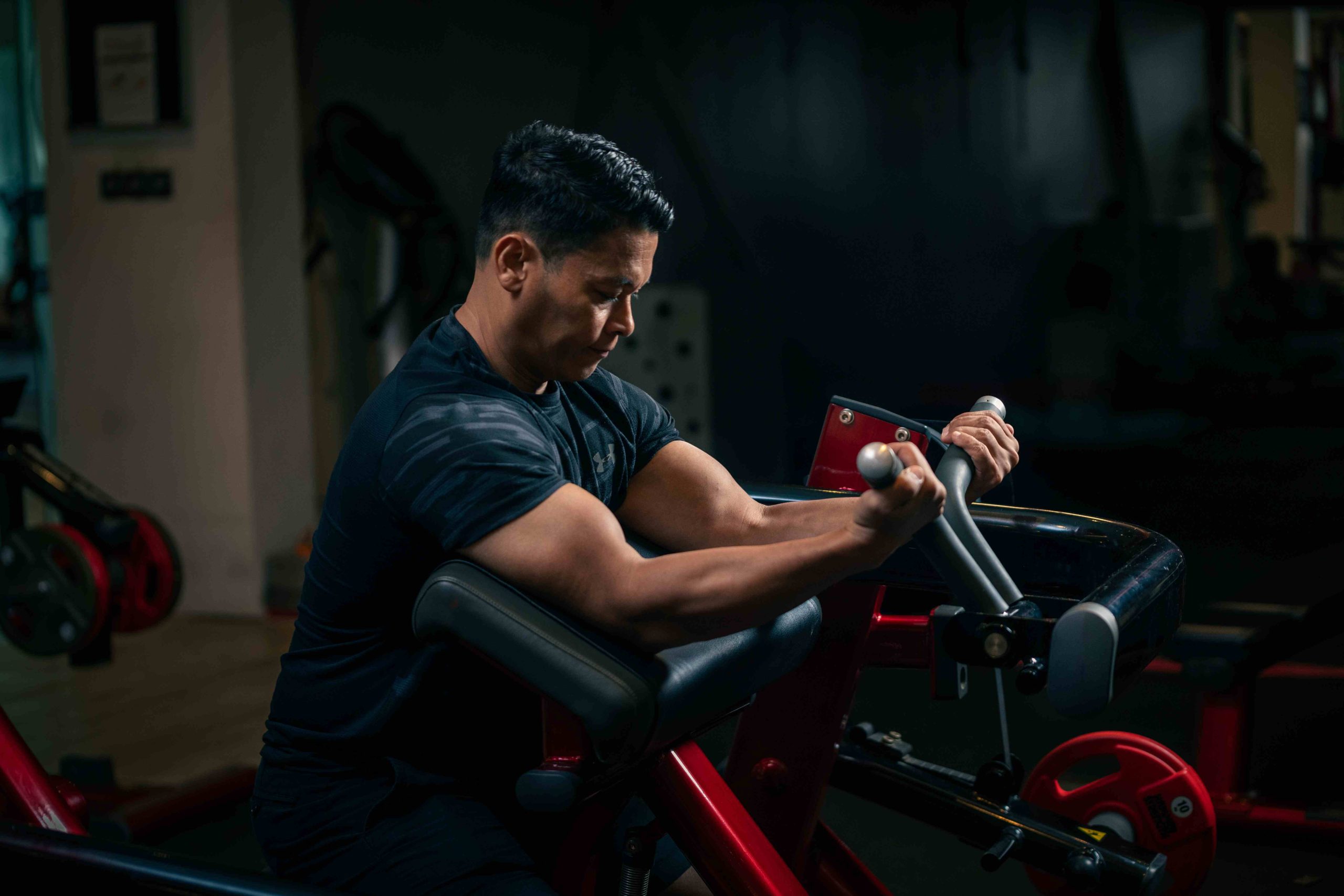
Featuring Life Fitness, the #1 brand in the industry, plus event-level lighting, sound, and motivating trainers for an unparalleled workout experience!
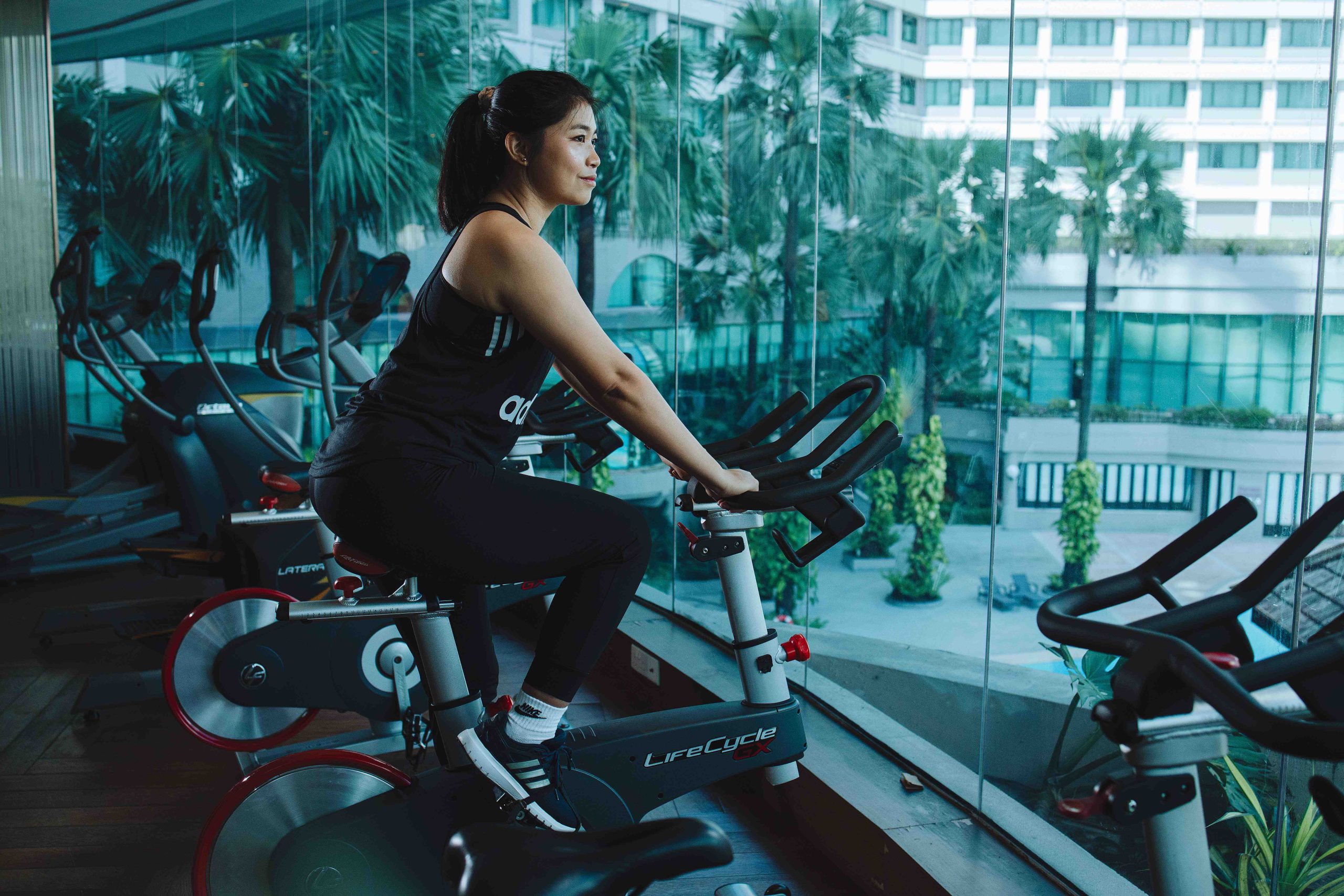
Globally certified and expertly trained, our coaches bring the experience needed to help you achieve your ideal body.
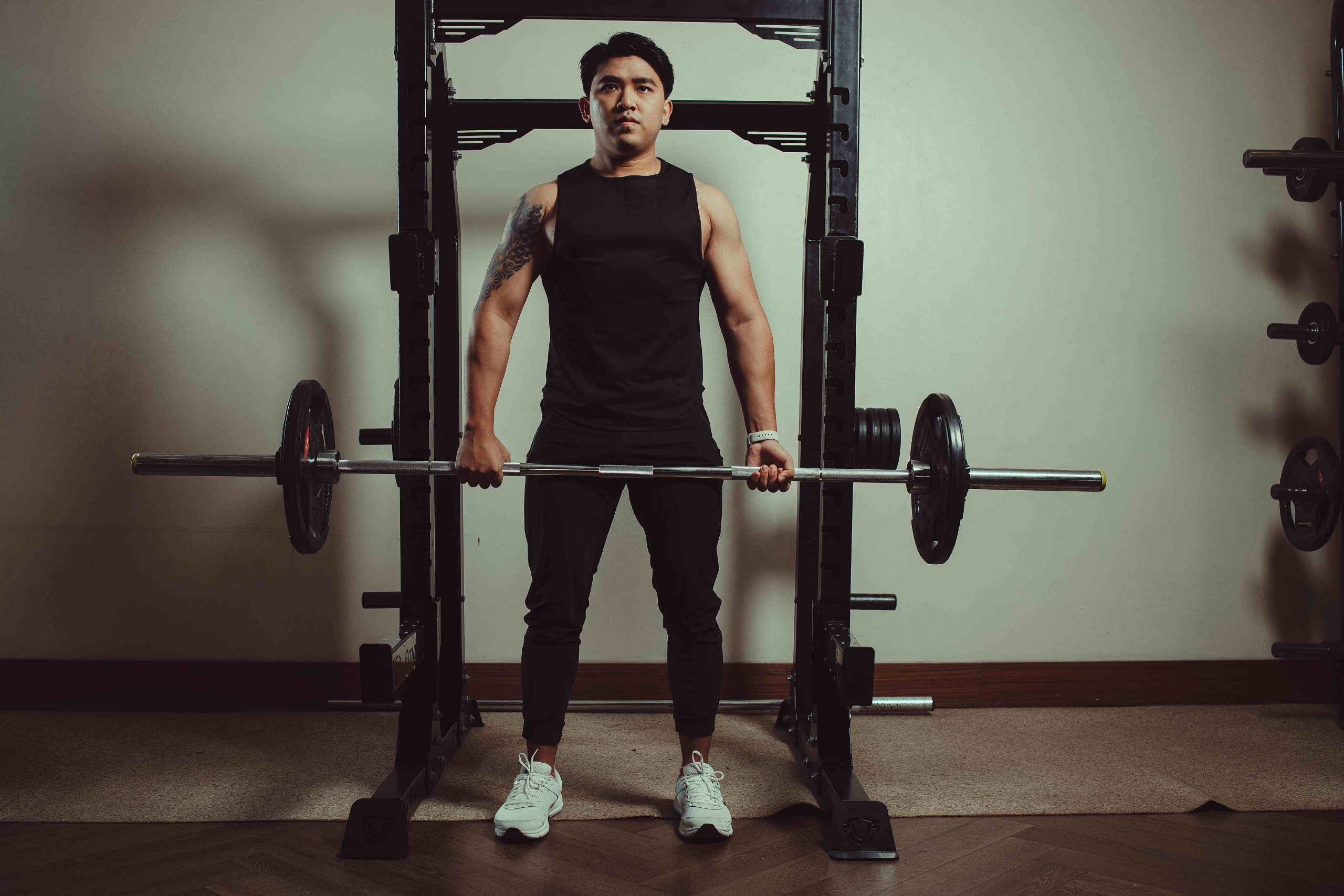
Enjoy 20+ classes, featuring licensed Les Mills programs like Body Combat and Body Pump, plus Zumba, yoga, and more at Real Fitness!
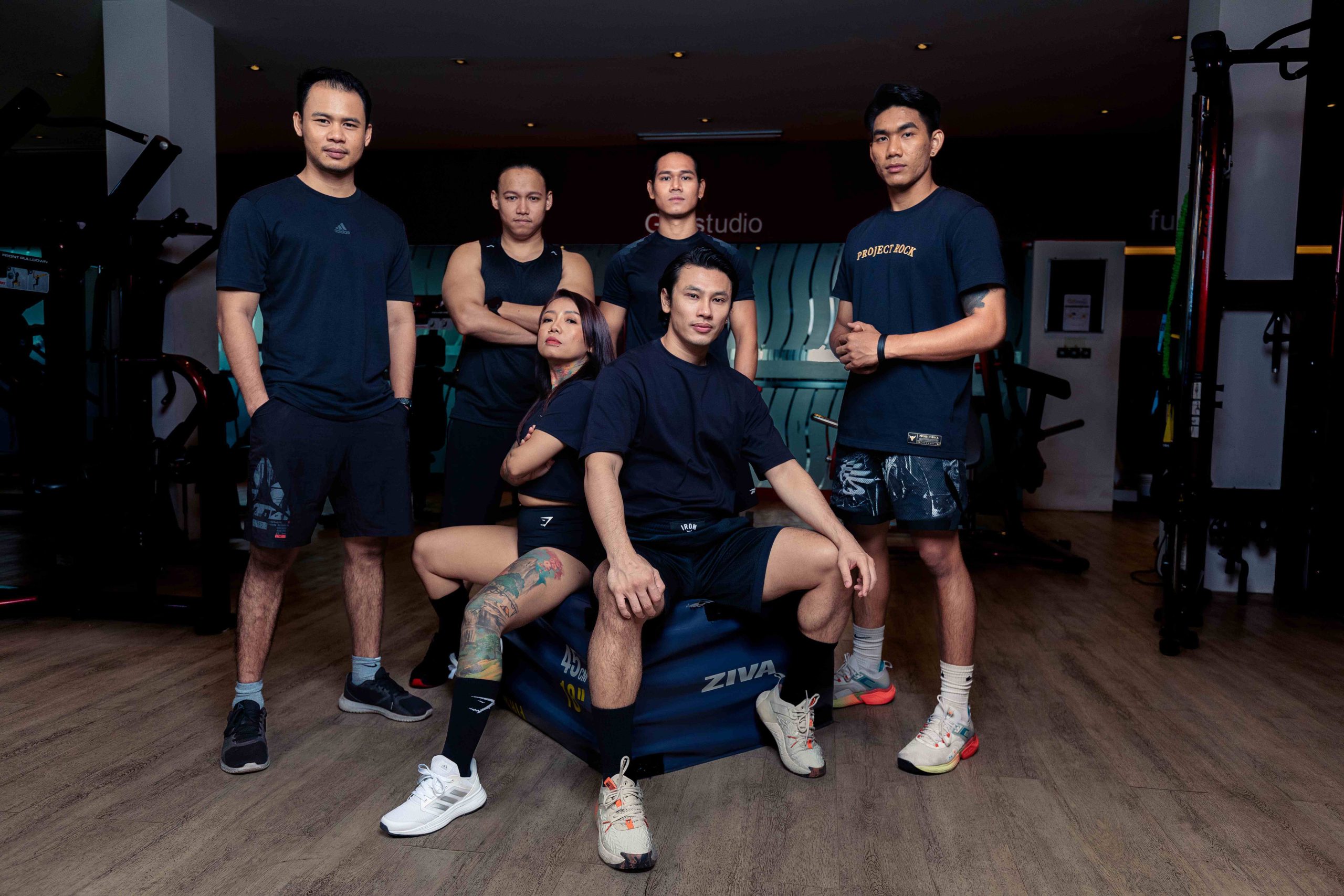
Achieve your fitness goals with our diverse programs, from strength-building workouts to heart-pumping cardio.
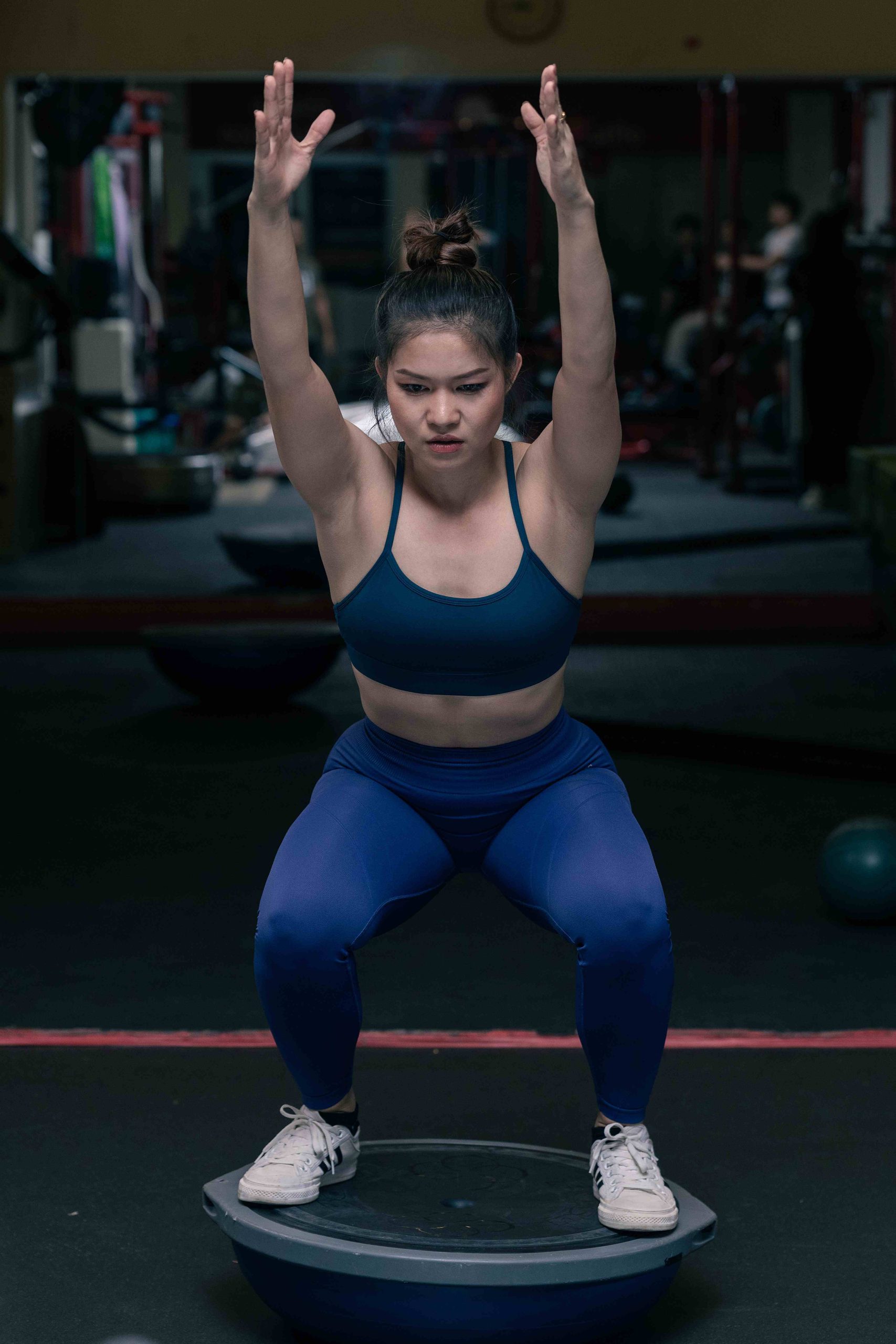
The Crucial Link between Food and Energy Fueling Your Fitness Journey
Understanding how your body interacts with food before and after workouts is crucial for achieving your fitness goals. Exercise alone accounts for about 30% of your fitness progress; the remaining 70% is heavily influenced by your nutrition. Here’s a comprehensive guide on what to eat and when, to maximize your workout benefits.
Why Nutrition Matters
During exercise, blood is redirected from your digestive system to your working muscles. Proper timing and choice of food are essential to ensure that your muscles receive adequate nutrients while avoiding digestive discomfort.
Timing is Key
Pre-Workout Nutrition: To fuel your workout effectively, consume a snack or mini-meal high in protein and complex carbohydrates 1 to 3 hours before exercising. This combination will provide sustained energy and support muscle function. For example:
* Pre-Morning Workouts: Opt for easily digestible options like oatmeal, a banana, or a smoothie.
* Pre-Evening Workouts: Aim to eat 1 hour before your workout with foods like whole grain bread with a protein source, or yogurt with fruit.
Post-Workout Nutrition: After exercising, it’s crucial to replenish your energy and aid muscle recovery. The ratio of carbohydrates to protein in your post-workout meal depends on the type of exercise:
* Strength Training: Aim for a 2:1 ratio of carbohydrates to protein.
* Endurance Training: A 3:1 ratio of carbohydrates to protein is beneficial.
Good post-workout foods include sweet potatoes, chicken breasts, eggs, and yogurt. These foods will help rebuild muscle and restore glycogen levels.
Hydration
Proper hydration supports overall performance and recovery. Aim to drink:
* Before Exercise: 2 to 3 cups of water.
* During Exercise: ½ to 1 cup every 15-20 minutes.
* After Exercise: 2 to 3 cups, adjusting based on workout intensity.
Hydration helps regulate blood circulation, prevents fatigue, and aids in muscle recovery.
Foods to Avoid
Certain foods can hinder your workout and recovery:
* Before Exercise: Avoid high-fat and high-fiber foods like cheese, nuts, and greasy foods. These can cause bloating and digestive discomfort.
* After Exercise: Steer clear of high-fat foods initially, as they can strain your digestive system and slow down recovery.
A well-timed and balanced diet plays a crucial role in your fitness journey. By aligning your food intake with your workout schedule and needs, you can optimize performance, enhance recovery, and reach your fitness goals more efficiently. Remember, every body is different, so pay attention to how various foods affect you and adjust accordingly.
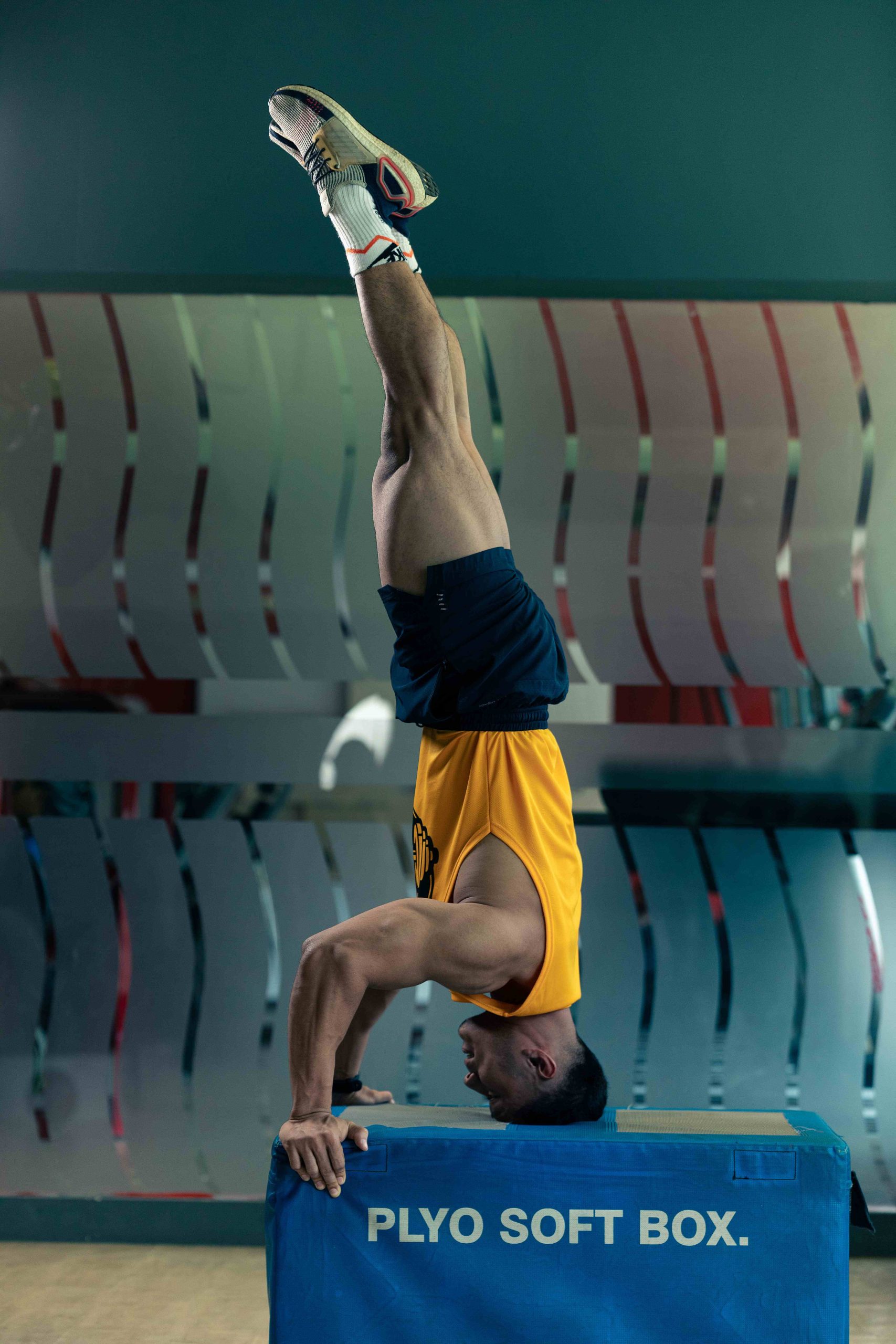
Are you struggling to incorporate exercise into your routine because of a tight schedule? Many people are committed to fitness, but for those with busy lifestyles, finding the time to work out can be a challenge. When life gets hectic, exercise is often the first thing to be sacrificed. However, staying physically and mentally healthy is essential for your overall well-being, even when time is limited. Here are some easy and time-saving workout tips to help you balance your daily routine with fitness.
The first step to fitting exercise into your busy schedule is to create a plan. Analyze your weekly routine and allocate specific time slots for fitness, whether it’s during lunch breaks, while on a phone call, or early in the morning. Consistency is key, so once you’ve made your plan, do your best to stick to it.
Maximize your workout efficiency by incorporating time-saving equipment like dumbbells, resistance bands, or kettlebells. These tools allow you to perform effective exercises without needing a lot of space or time. If you have limited access to equipment or machines, try these bodyweight exercises:
These exercises target multiple muscle groups, providing a full-body workout in a short amount of time.
If you’re looking for a no-stress way to increase your activity level, try incorporating easy stretching exercises that you can do at your desk. These stretches will help relieve stiffness and discomfort, especially if you have a sedentary job.
Triceps Stretch:
Shoulder or Pectoralis Stretch:
Chest Stretch:
Spinal Twist:
If you’re short on time, small changes can make a big difference. Here are a few simple ways to stay active throughout the day:
Balancing fitness with a busy lifestyle is all about making small, manageable changes that fit into your routine. By planning ahead, using efficient equipment, incorporating stretches, and finding ways to stay active throughout the day, you can maintain your physical and mental health even when time is limited. Remember, every little bit of movement counts, so make the most of the time you have and stay committed to your well-being.
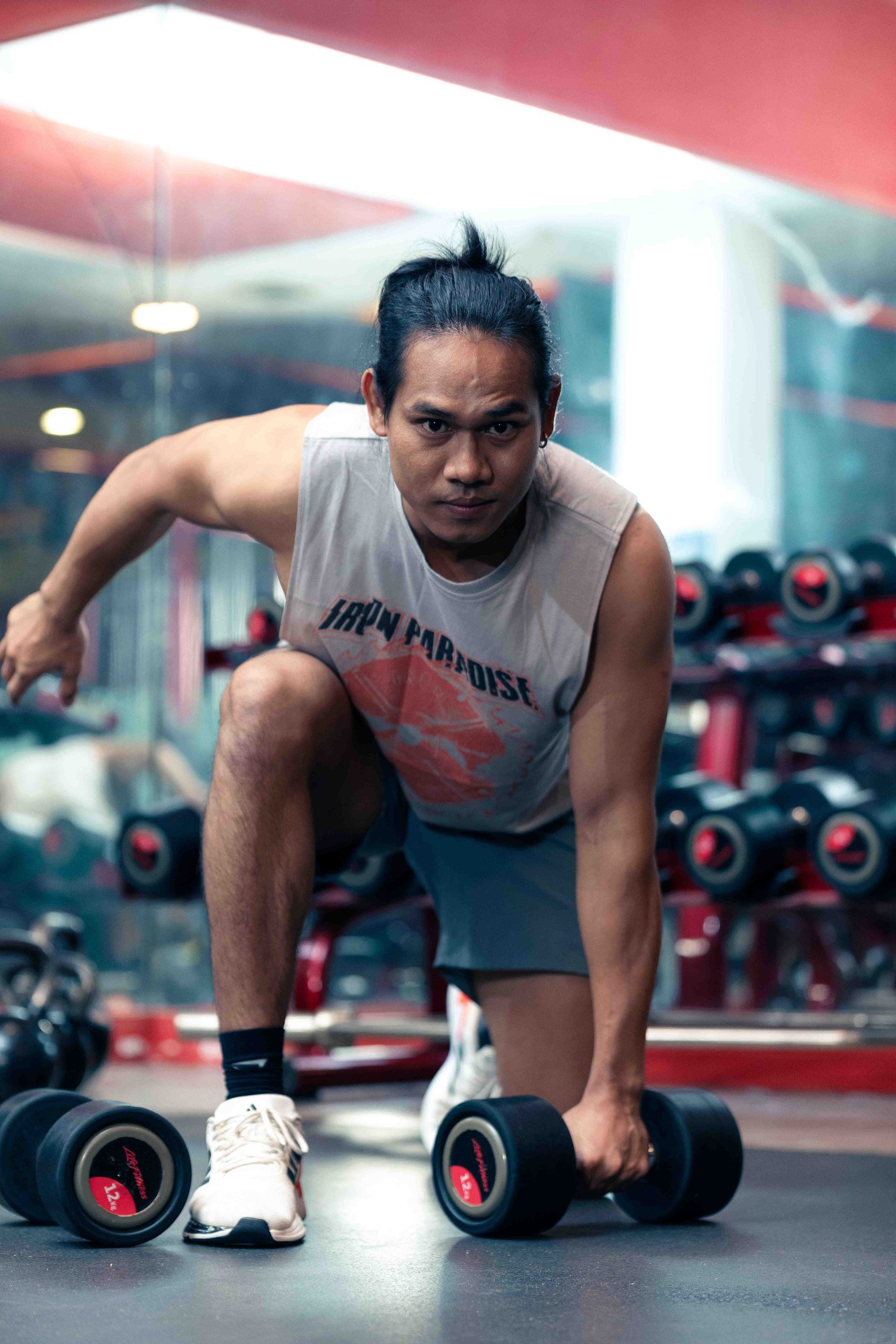
Starting your fitness journey can be both exciting and intimidating, especially if you’re stepping into the gym for the first time. You might feel uncertain about what to do, how to do it, and how to make the most of your efforts, even though you’re highly motivated. Whether you want to maximize your first month at the gym or simply get comfortable with your new routine, here’s a guide to help you make the most of it.
1. Set a Clear Schedule
Establish a consistent schedule by deciding on specific days and times to hit the gym. Consistency is key to building a habit and working towards your goals. By setting aside enough time, you ensure that your gym sessions become a regular part of your routine.
2. Pack the Essentials
Before you head to the gym, make sure you’re well-prepared. Wear comfortable, sweat-proof gym clothes, and pack essentials like a water bottle, sports shoes, a towel, and wireless earbuds. Listening to music can be a great motivator during your workout.
3. Take a Gym Tour
Before diving into your workout, take a tour of the gym. Familiarize yourself with the equipment, learn how to use it, and get to know the layout of the facility. This will help you feel more confident and comfortable during your workouts.
4. Define Your Fitness Goals
Understanding your fitness goals is crucial before starting any workout plan. Whether you aim to build muscle, lose weight, or improve your overall fitness, having clear goals will guide your progress and help you achieve better results.
5. Warm Up and Cool Down
Always start your workout with a light warm-up to prepare your body. Spend 5-10 minutes doing easy cardio or stretching to get your muscles ready. Don’t forget to cool down for about 5 minutes after your workout to help your body recover.
6. Start Slow
As a beginner, it’s essential to start slow and avoid rushing into intense workouts. In the first week, focus on simple exercises to avoid injury. Gradually increase the intensity as you progress, allowing your muscles to adapt and grow stronger.
7. Choose the Right Exercises
Select exercises that target all muscle groups rather than focusing on just one area. Begin with basic, well-rounded exercises like leg presses, chest presses, shoulder presses, lat pulldowns, bicep curls, and triceps pushdowns. Incorporate mobility and cardio exercises like walking, cycling, jumping jacks, lunges, and squat jumps. For core strength, try planks, slow bicycle crunches, and bird dogs. Aim for at least 12 workouts in your first 30 days.
8. Focus on Proper Technique
Good technique is vital for reducing the risk of injury and getting the best results. Pay attention to your form and make sure you’re performing each exercise correctly. If needed, seek guidance from a trainer to ensure you’re on the right track.
9. Track Your Progress
Keep a record of your workouts and progress. This will help you stay motivated and see how far you’ve come. Tracking your progress is also essential for making adjustments to your routine as needed.
Final Tips
During your first month at the gym, remember that recovery is just as important as the workouts themselves. Make sure you get enough sleep and follow a balanced diet to support your fitness goals. By focusing on these key aspects, you’ll set a strong foundation for your fitness journey and see continued growth and improvement.
Stick with it, stay motivated, and enjoy the process of becoming a healthier, stronger version of yourself!
Welcome to WordPress. This is your first post. Edit or delete it, then start writing!